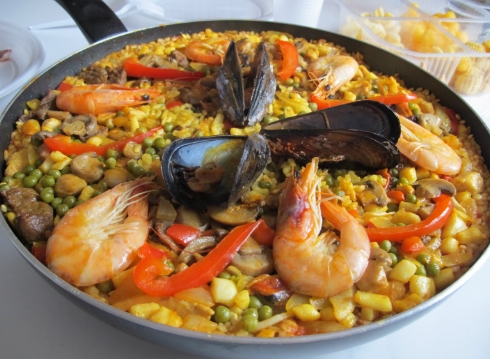When it comes to comfort food, pizza reigns supreme. Originating from Italy, this simple yet beloved dish has made its way into the hearts of people around the world. With its crispy crust, gooey cheese, and endless topping options, pizza is a symbol of culinary creativity and joy.
The roots of pizza can be traced back to ancient civilizations. The Egyptians, Greeks, and Romans all had their versions of flatbreads topped with various ingredients. However, it wasn’t until the 18th century in Naples, Italy, that pizza as we know it today began to take shape. Legend has it that the Margherita pizza was created in 1889 in honor of Queen Margherita of Savoy, featuring the red of tomatoes, the white of mozzarella, and the green of basil—colors that represented the Italian flag.
At the heart of every great pizza is the dough. The ideal pizza dough is light, airy, and crispy on the edges, but soft and chewy in the middle. The key to achieving this is a high-quality flour, a slow fermentation process, and the right balance of yeast, water, salt, and olive oil. Whether baked in a traditional wood-fired oven or a modern kitchen oven, the dough is what gives pizza its signature texture.
While pizza can be customized with an endless array of toppings, some combinations have stood the test of time. The Margherita, with its simple toppings of fresh mozzarella, tomatoes, and basil, is the epitome of Italian pizza. Then there’s the pepperoni pizza, a popular American take on the classic, with spicy slices of pepperoni adding a bold, savory kick. Other beloved toppings include mushrooms, olives, anchovies, and fresh basil. For some, the more toppings, the better!
Italy is home to various regional pizza styles. In Naples, the birthplace of pizza, you’ll find the traditional Neapolitan pizza. This pizza is made with a thin, soft crust and is often cooked in a wood-fired oven at high temperatures for a short time, which results in a lightly charred crust and a perfectly melted cheese topping. In contrast, Roman pizza is known for its crispy, thin crust that is more cracker-like than chewy, and it often features a range of creative toppings.
Outside of Italy, other countries have embraced their own pizza styles. In the United States, for example, New York-style pizza is characterized by its large, foldable slices, while Chicago-style pizza is a deep-dish variant with a thick, buttery crust that holds a generous amount of cheese and sauce. These regional variations highlight the versatility and adaptability of pizza.
Pizza is a versatile dish that pairs well with many different beverages. While a classic Italian pizza might be paired with a glass of wine—such as a crisp white wine or a medium-bodied red—Americans often opt for a cold beer to complement their slices. For those who prefer non-alcoholic options, soda or sparkling water are perfect choices to balance out the rich flavors of the pizza.
From the streets of Naples to food trucks in New York, pizza has transcended its humble Italian origins and become a global phenomenon. Every country has put its own spin on pizza, introducing new ingredients and techniques. Whether it’s a gourmet pizza topped with arugula and prosciutto or a creative take with pineapple and ham (the infamous Hawaiian pizza), pizza is a dish that allows for endless experimentation.
Pizza is more than just a meal; it’s an experience. It brings people together, whether it’s shared among friends at a casual gathering or served in a cozy restaurant. Its popularity worldwide speaks to the universal appeal of its simple yet delicious flavors. So, the next time you take a bite of pizza, remember that you’re enjoying not just a dish, but a centuries-old tradition that has evolved and adapted to become a beloved comfort food worldwide.





